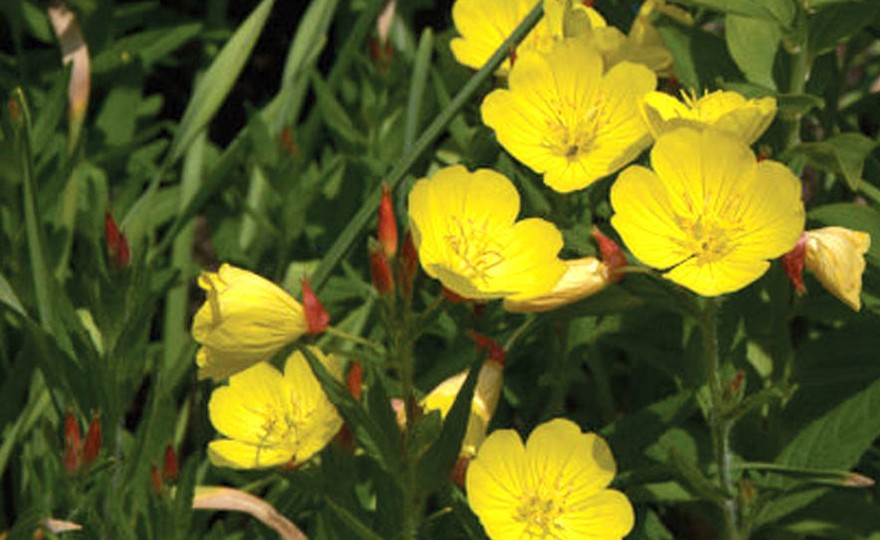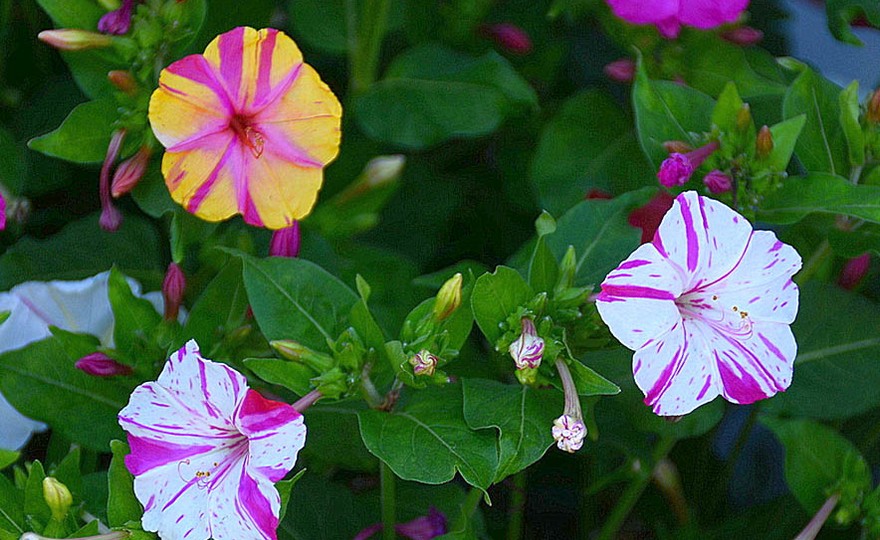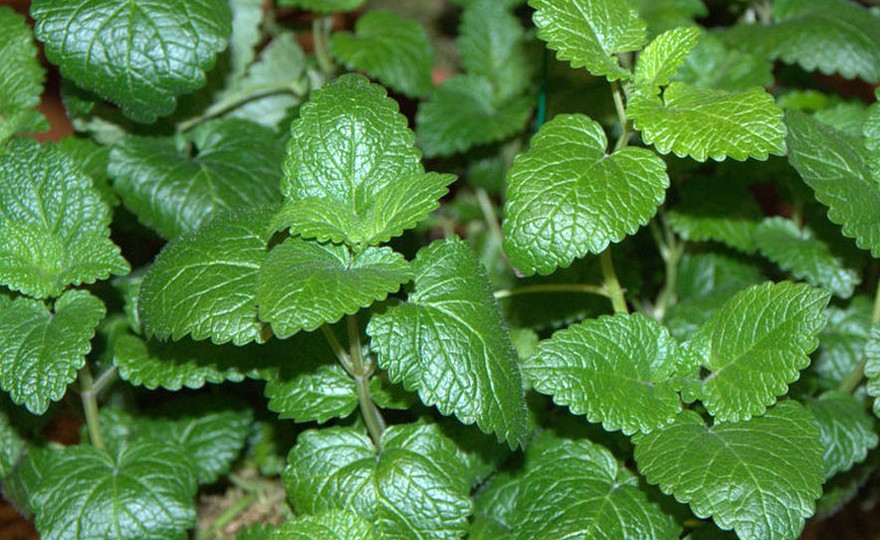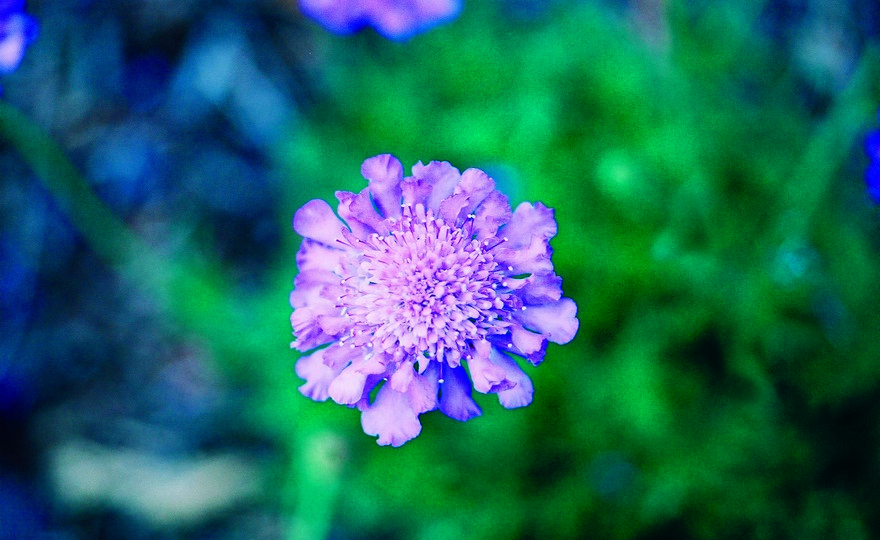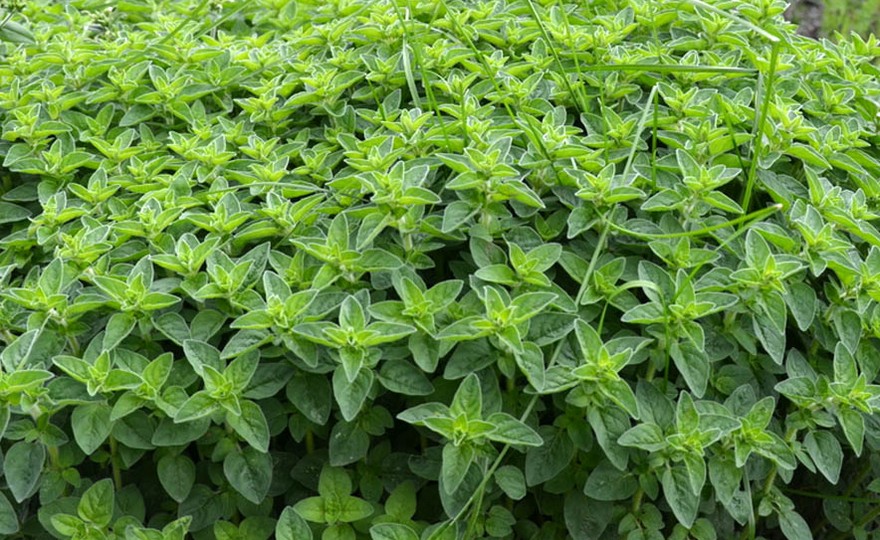
Evening Primrose
-
- **SOLD OUT** HOLIDAY GIFTS **SOLD OUT**
- **SOLD OUT** Holiday Books **SOLD OUT**
- **SOLD OUT** Holiday Citrus **SOLD OUT**
- **SOLD OUT** Holiday Gift Certificates **SOLD OUT**
- **SOLD OUT** Holiday Paperwhites **SOLD OUT**
- **SOLD OUT** Holiday Praying Mantis Kits **SOLD OUT**
- **SOLD OUT** Holiday Tools **SOLD OUT**
- **SOLD OUT** Holiday Wildflower Mixtures **SOLD OUT**
- Citrus Trees
- **SOLD OUT** - Vegetable and Herb Plants - Mix & Match any 6 Plants for $50 - Only Shipped in Quantities of 6
- Elephant Ear Plants & Roots
- **SOLD OUT** 4-Inch Pot Herb Plants **SOLD OUT**
- Rare Plants
- **SOLD OUT** Vining Plants **SOLD OUT**
- Asian Seeds
- Beneficial Bugs
- Books
- Citrus Fertilizers
- Cold-Treated Bulbs - SEE BULBS FOR FALL PLANTING TO ORDER
- Cold-Treated Allium
- Cold-Treated Chionodoxa
- Cold-Treated Crocus
- Cold-Treated Hyacinthoides
- Cold-Treated Hyacinthus Orientalis
- Cold-Treated Narcissus
- Cold-Treated Cyclamineus Narcissus
- Cold-Treated Double Heirloom Narcissus
- Cold-Treated Jonquilla Narcissus
- Cold-Treated Large Cupped Narcissus
- Cold-Treated Poeticus Narcissus
- Cold-Treated Small Cupped Narcissus
- Cold-Treated Species Miniature Narcissus
- Cold-Treated Split Cupped Narcissus
- Cold-Treated Tazetta Narcissus
- Cold-Treated Triandus Narcissus
- Cold-Treated Trumpet Daffodils
- Cold-Treated Ornithogalum
- Cold-Treated Rock Garden Iris
- Cold-Treated Scilla
- Cold-Treated Tulips
- Cold-Treated Emperor Tulips
- Cold-Treated Fringed Tulips
- Cold-Treated Green or Viridiflora Tulips
- Cold-Treated Lily Flowering Tulips
- Cold-Treated Parrot Tulips
- Cold-Treated Peony Flowering Tulips
- Cold-Treated Single Early Tulips
- Cold-Treated Single Late Tulips
- Cold-Treated Species Tulips
- Cold-Treated Triumph Tulips
- Flower Bulbs, Corms and Tubers
- Bulbs for Spring Planting
- Bulbs for Fall Planting - ALL BULBS AVAILABLE ARE COLD TREATED FOR PLANTING AS SOON AS SOIL CAN BE WORKED
- Fall Blooming Bulbs
- Garden Tools & Equipment
- Gift Certificates
- HHH Exclusive Wildflower Mixtures
- Wildflower Mixtures
- Heirloom Garlic
- Potatoes
- Roots & Sets
- Seeds
- Flowers
- Herbs
- Vegetables
- **SOLD OUT** HOLIDAY GIFTS **SOLD OUT**
-
- No products to compare
-
75 in stock
Quick Overview
Evening Primrose
To obtain blossoms in the first planting year, seeds must be sown in the fall. They can also be started indoors in early spring and then transplanted outside. Young plants form rosettes which then produce flowering stems. Seeds started in the fall will produce rosettes which die back with the heavy frosts and then re-emerge in the spring. s are heat and drought tolerant and the deer do not seem to like them. They will spread aggressively in the garden, but can be easily maintained by pulling the plants up by their roots.
| Type | Spacing | Planting Depth | Days to Germination | Blossoms |
| Perennial | 6 in. | 1/2 in. | 10-14 | 30-45 |

Evening Primrose
Evening Primrose, also known as Sundrops, are hardy perennials which were discovered in North America and brought to Europe in the early 17th century where they quickly became a cottage garden favorite because of their showy yellow flowers which burst into bloom just as the sun was preparing to set. The original favorites were Oenanthera macrocarpa, a 3-4 foot plant which produced brilliant yellow 3 inch flowers. The French liked to eat the first year roots, preparing them as if they were salsify. The macrocarpa eventually fell out of favor because of their size and the room they needed in the cottage garden and were replaced by Oenanthera fruticosa, the 18 inch high, yellow flowering variety that we are familiar with today. Joseph Breck in his 1851 book, The Flower Garden, described five varieties of Evening Primrose varying in size from 6 inches to 4 feet in height with yellow or white flowers. He stated, “All the species succeed well in any common garden soil, and easily propagated from divisions of the root, and from seed when it can be obtained.”

